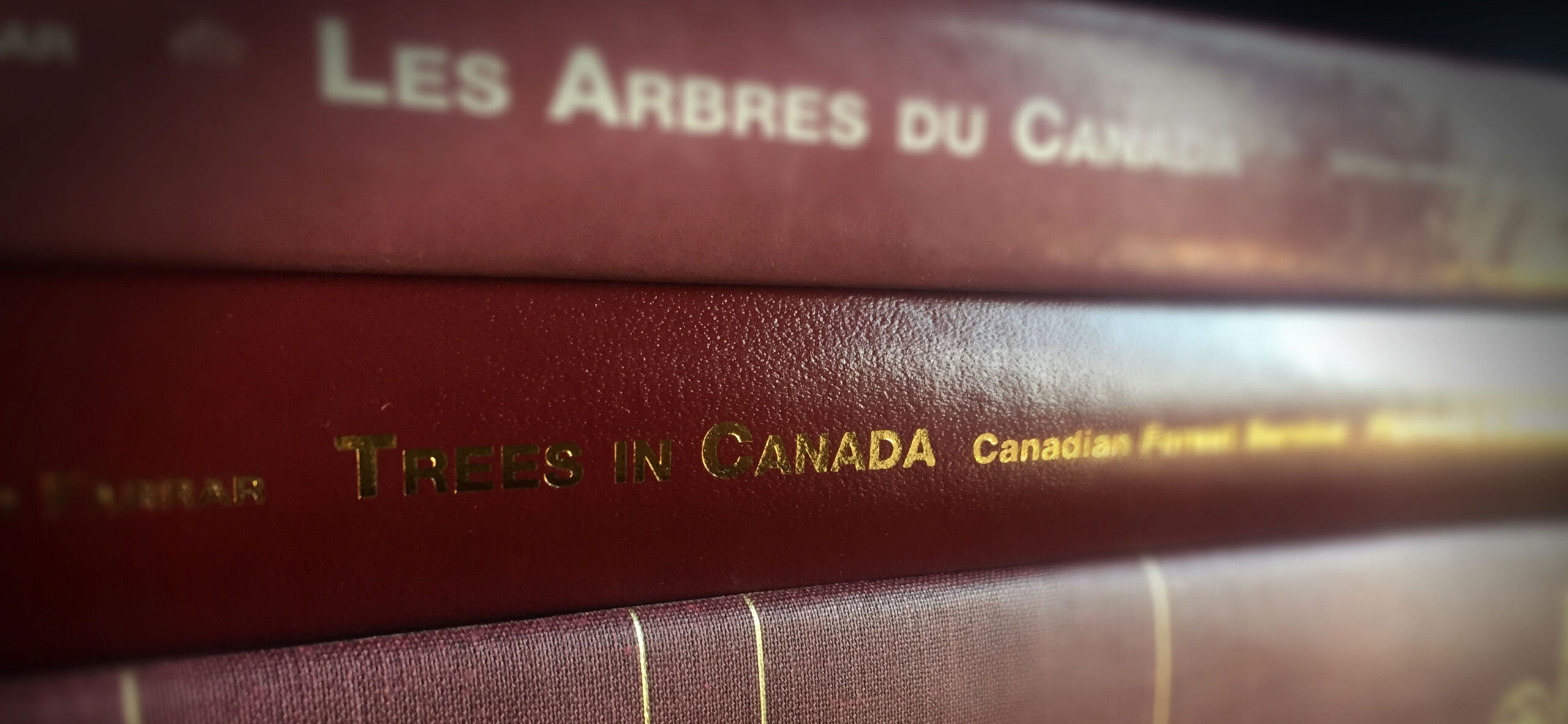
Type

Deciduous
Status

Native
Edible fruit/nut tree?

YES
Names
Latin (scientific) name: Prunus serotina
Common English name: Black cherry
Other names:
French name: Cerisier tardif
Habitat
Exists mixed with other broadleaf species. Grows on a large variety of soils.
Other notes
This species is the largest of the Prunus genus native to Canada.
Hardiness zone(s)
2a, 2b, 3a, 3b, 4a, 4b, 5a, 5b, 6a, 6b, 7a, 7b
A hardiness zone is a geographically defined area where a given plant is capable of growing. Hardiness zones are based largely on climate, particularly minimum temperatures. Zone 0 covers the harshest areas in Canada for plant species. Higher numbers represent more temperate areas.
For more information on plant hardiness zones in Canada, visit Natural Resources Canada.
Images:
No information available
Follow us on social media to keep up-to-date.
